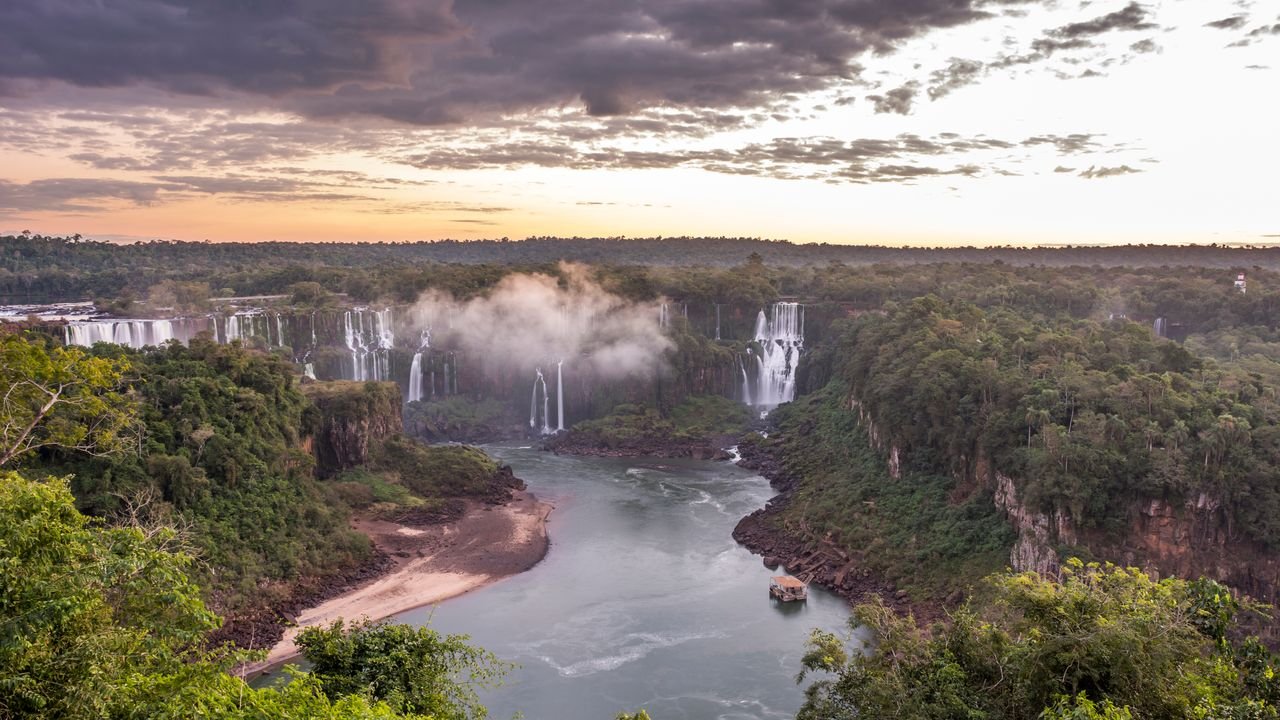From the depths of the Amazon to the coral-rich islands of Southeast Asia, biodiversity varies not just with climate and size, but with history, geography, and conservation efforts. When it comes to global biodiversity, a handful of countries tower above the rest, harbouring the highest number of unique species across flora and fauna. These countries are known as ‘megadiverse’; home to the vast majority of the world’s species, including many found nowhere else. The World Economic Forum, drawing on data from Conservation International, ranks countries based on the number of unique vertebrate species. Supplementing this is Mongabay’s World Rainforests 2023 rankings, which offer granular data across amphibians, birds, mammals, reptiles, fish, and vascular plants, providing a fuller picture of species richness and endemism.
What is biodiversity?
Biodiversity refers to the variety of life on Earth, across animals, plants, fungi, and microorganisms. It includes not just species richness but also genetic diversity and the complexity of ecosystems they form.
How did we compile this data?
This list is based on the World Economic Forum’s megadiverse countries report, which draws from Conservation International’s tally of endemic vertebrate species. We’ve supplemented it with species-level data from Mongabay’s World Rainforests 2023 rankings, which include counts of amphibians, birds, mammals, reptiles, fish, and vascular plants.
Below is a country-by-country look at the most biodiverse countries in the world, ranked by total number of species across major animal and plant groups, using the latest available data. While species counts may shift slightly over time as newer studies are conducted, this list reflects the most recent research as per 2024.
The most biodiverse countries in the world
1. Brazil
Fellipe Abreu
Brazil is the undisputed global biodiversity leader, topping both the WEF megadiversity list and Mongabay’s 2023 species tally. It hosts the highest number of total species, over 68,000 documented across major groups, and an estimated 17,000+ endemic vertebrates. This richness is driven by vast and varied ecosystems such as the Amazon Rainforest, the Atlantic Forest, the Cerrado savannahs, and the Pantanal wetlands. Brazil ranks first globally in amphibians (1,175 species), mammals (776), and vascular plants, with over 56,000 species recorded by the World Conservation Monitoring Centre.
2. Indonesia
Ludovic Debono



